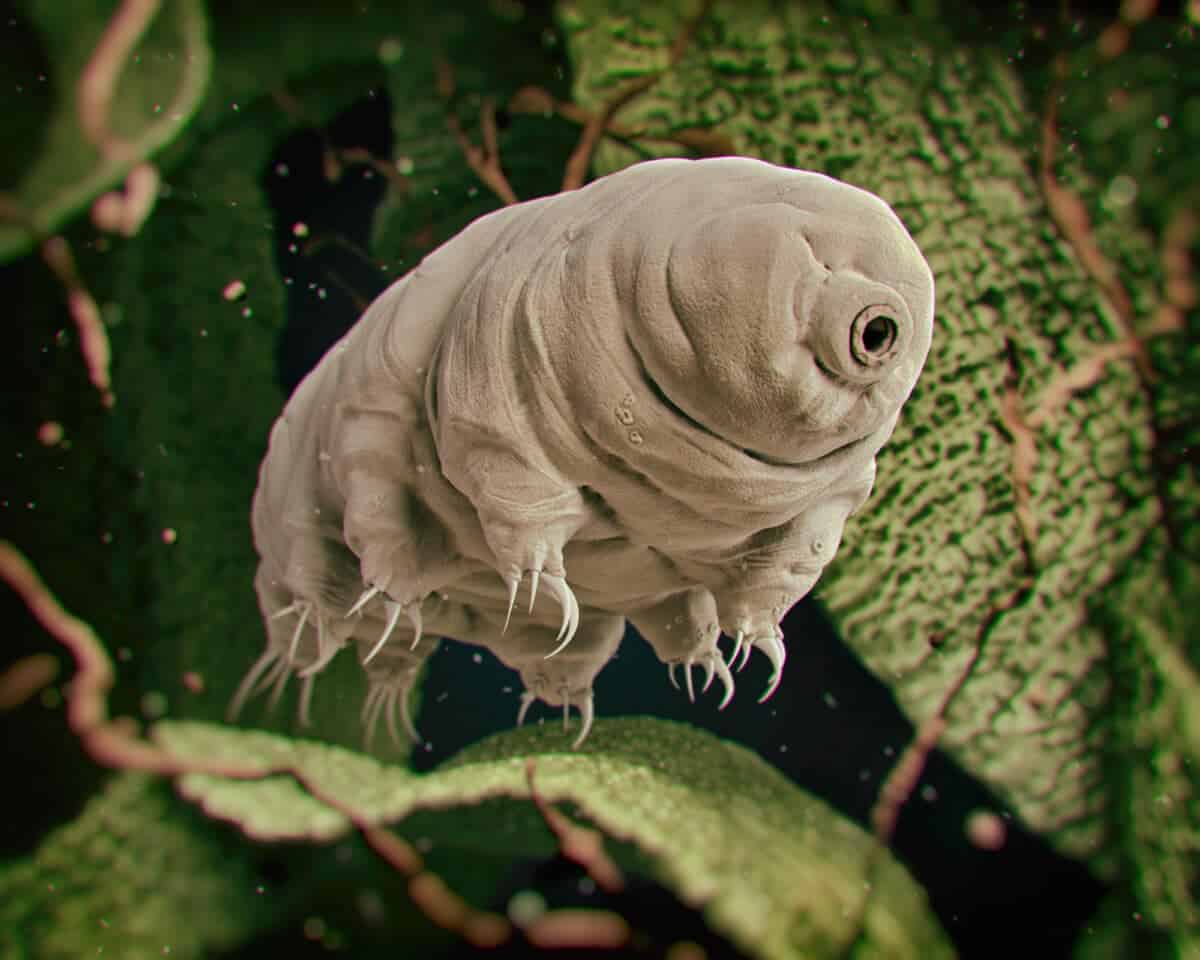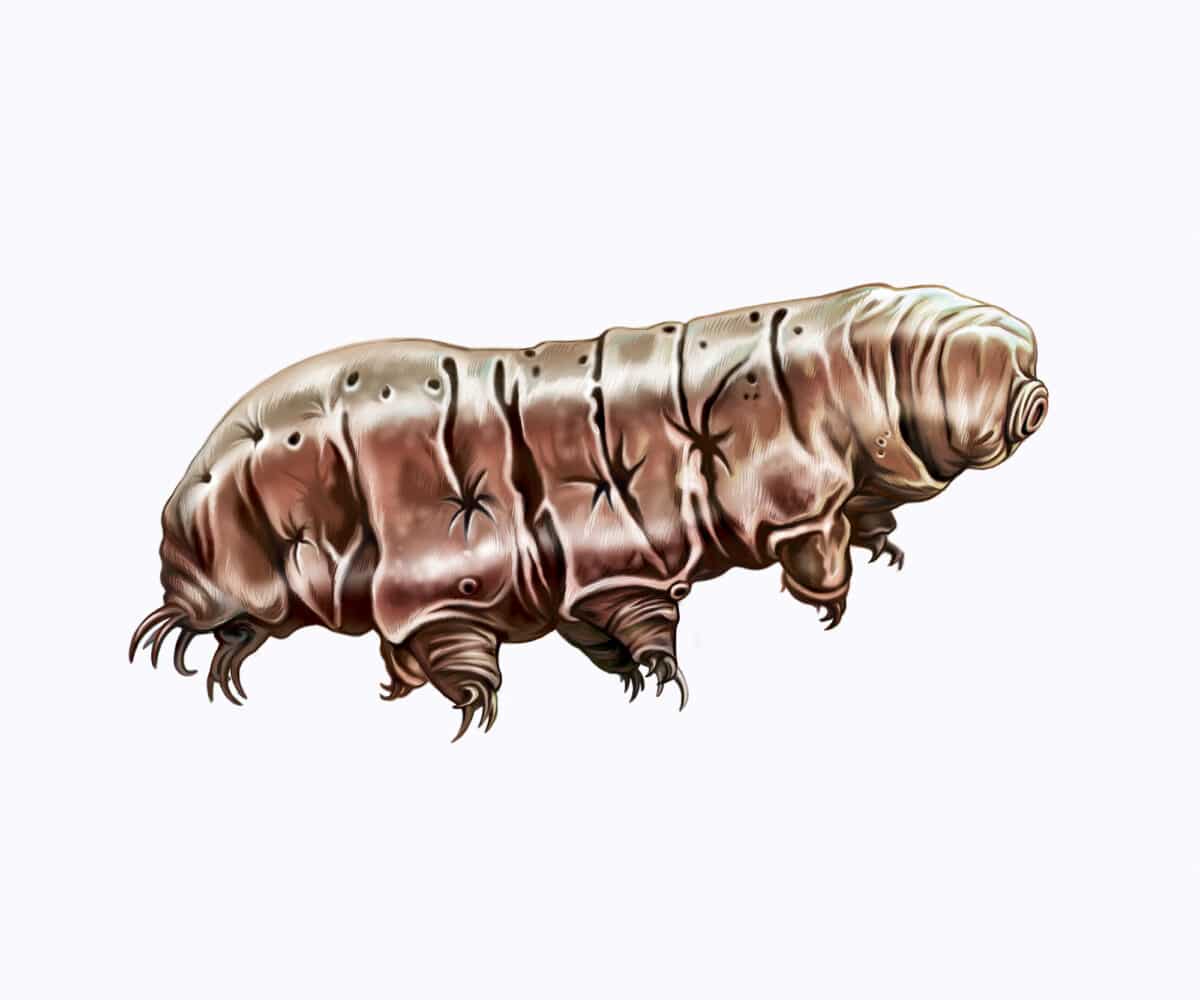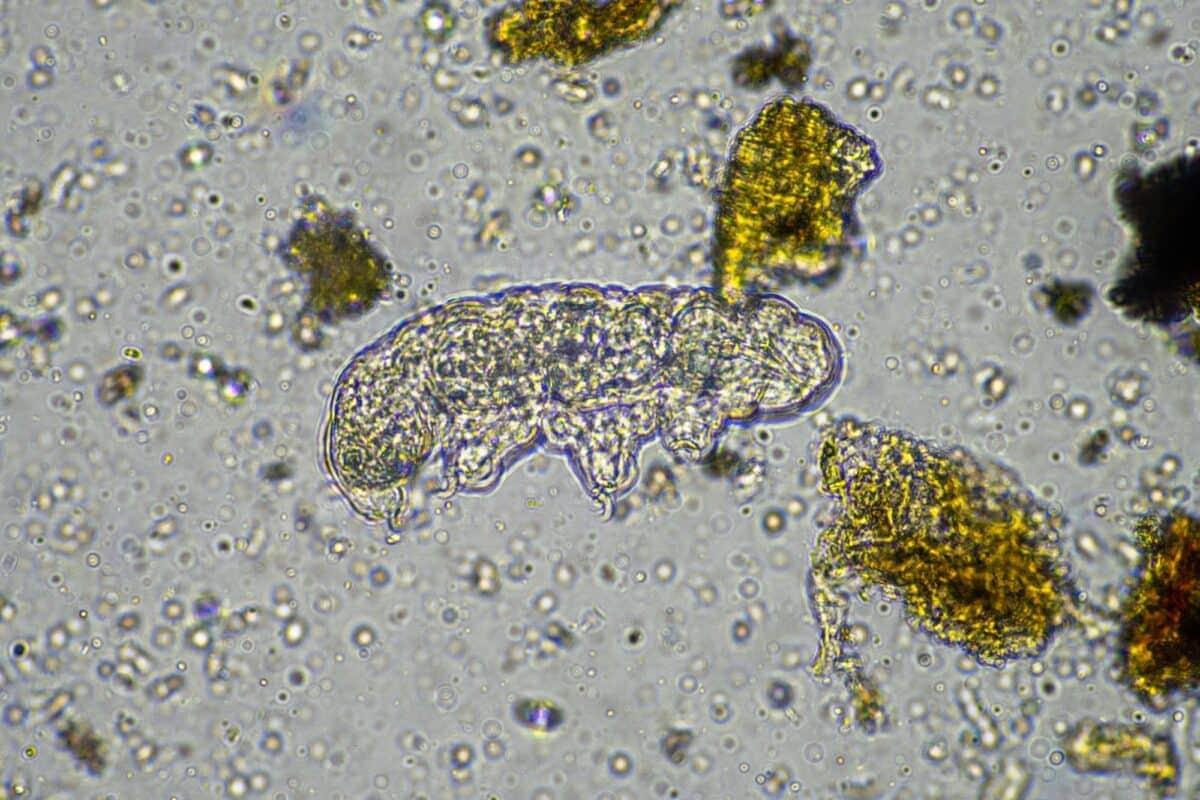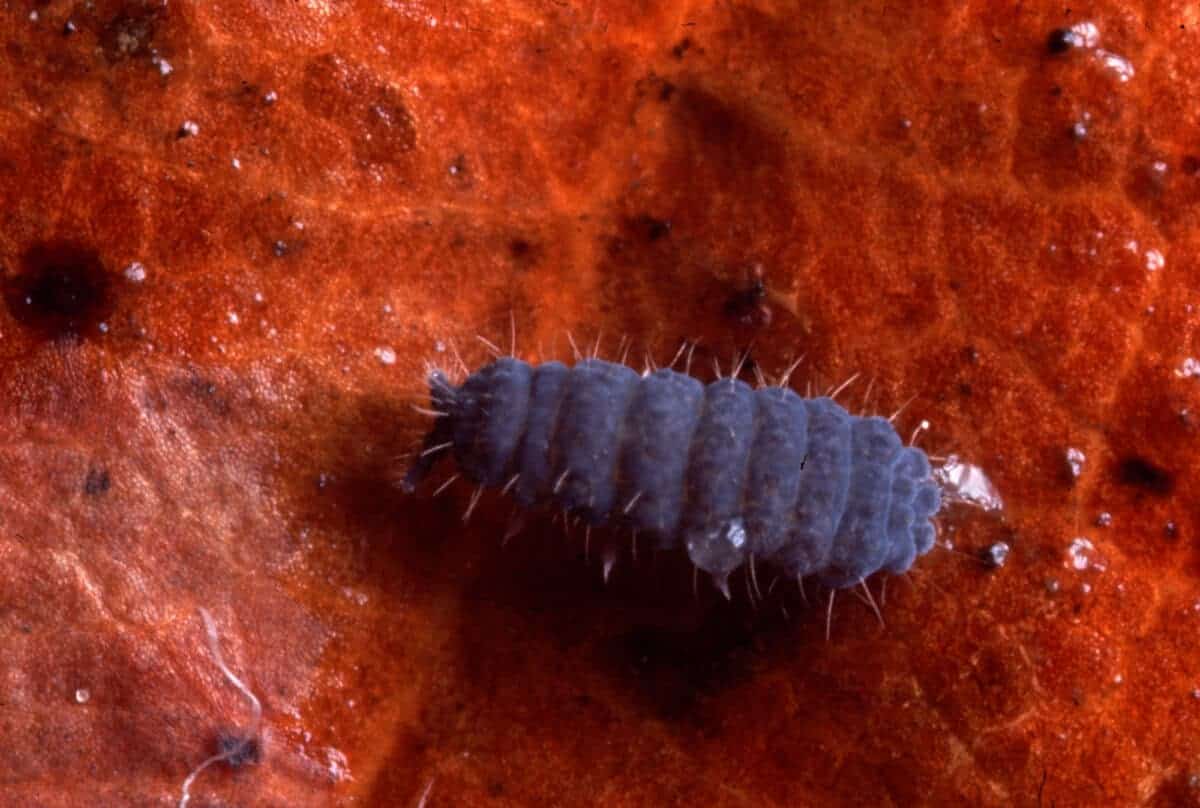In a world filled with fascinating creatures, few capture the imagination quite like the tardigrade. Known for its extraordinary resilience, this microscopic marvel can endure the most extreme conditions nature has to offer. From boiling temperatures to the freezing vacuum of space, tardigrades thrive where most life would perish. Join us as we dive into the remarkable world of these nearly indestructible organisms.
Who Are the Tardigrades?

Tardigrades, often referred to as water bears or moss piglets, are microscopic animals that belong to the phylum Tardigrada. First discovered in 1773 by German zoologist Johann August Ephraim Goeze, these creatures can be found in diverse environments ranging from deep oceans to mountain tops. Despite their minute size, typically measuring between 0.1 to 1.5 millimeters, they have become renowned for their resilience in the face of conditions that are lethal to most other forms of life.
Amazing Adaptations: What Makes Tardigrades So Tough?

Tardigrades possess a unique protective mechanism called cryptobiosis, a state in which their metabolic processes nearly cease. When in cryptobiosis, water bears can withstand extreme dehydration, intense radiation, and temperature extremes by curling into a desiccated ball known as a tun. Once favorable conditions return, tardigrades can rehydrate and resume their normal activities, as though nothing had happened.
Surviving the Extreme: Tardigrades in Boiling Temperatures

While most organisms cannot withstand boiling temperatures, tardigrades have been documented to survive brief exposure to water at around 150 degrees Celsius (302 degrees Fahrenheit). This resilience is largely due to cryptobiosis, which shields their biological processes from thermal damage.
The Chill Factor: Tardigrades in Freezing Conditions

In contrast to their heat tolerance, tardigrades can survive severe cold. In fact, some species have been shown to endure temperatures as low as -272 degrees Celsius (-457.6 degrees Fahrenheit)—just a fraction of a degree above absolute zero. Their ability to enter cryptobiosis allows them to weather these arctic extremes by preventing ice crystal formation, which could otherwise destroy their cellular structure.
Astronauts of the Microbial World: Tardigrades in Space

One of the most remarkable feats of the tardigrade is its survival in the vacuum of space. In 2007, they were taken aboard the European Space Agency’s FOTON-M3 mission, exposing them to the harsh conditions of space. Remarkably, some of these tardigrades survived cosmic radiation and lack of oxygen, resuming life as usual upon their return to Earth.
Radiation Resistance: How Tardigrades Shield Themselves

Tardigrades have evolved mechanisms to resist high levels of radiation—more than 1,000 times the lethal dose for humans. Scientists believe this is partly due to a protein called Dsup, which shields their DNA from damage. This mysterious resilience makes them an intriguing subject of study in astrobiology and radioprotection research.
Breathing and Metabolism: Life in a Cryptobiotic State

During cryptobiosis, a tardigrade’s metabolism becomes nearly imperceptible. The organism retracts its limbs, excretes most body fluid, and curls into a state that requires almost no energy. This allows them to survive without oxygen for years until they rehydrate and return to their normal metabolic rate.
Variety Among Tardigrades: Different Types and Habitats

There are more than 1,300 known species of tardigrades, each adapting uniquely to their environments. Some prefer living in the sediment at the bottom of lakes, others on damp forest floors, while some thrive within the film of moisture on mosses and lichens. This adaptability has helped them conquer nearly every corner of the planet.
Tardigrades in Technology: Learning from Their Biology

Tardigrades’ robust nature has inspired scientific innovation, particularly in improving desiccation resistance for biological materials and enhancing the durability of electronics and other technologies. Their cryptobiosis mechanism holds promise for creating long-term storage solutions for pharmaceuticals and food preservation.
A Living Fossil? The Evolutionary History of Tardigrades

Tardigrades have been around for approximately 500 million years, surviving mass extinctions that wiped out countless other species. Fossil evidence suggests they have remained relatively unchanged, epitomizing the concept of a living fossil and offering valuable insights into early life on Earth.
Research Implications: Tardigrades in Scientific Studies

The unique biological traits of tardigrades continue to intrigue scientists, who study these organisms to better understand stress responses, life in extreme environments, and potential applications in biotechnology. Their resilience offers hope for breakthroughs in medicine, environmental science, and the quest to understand life beyond Earth.
The Resilient Tardigrade

From their pioneering ventures into outer space to their stoic survival through the ravages of time, tardigrades stand as a testament to the incredible adaptability of life. These microscopic marvels not only challenge our understanding of biological resilience but also inspire future discoveries across scientific disciplines. The water bear’s uncanny ability to thrive against the odds ensures that this tiny titan of survival continues to capture the imagination of researchers and enthusiasts alike.
- Meet the Critters That Love Southern Heat and Humidity - August 20, 2025
- This 19th-Century Sinkhole Swallowed a Theater in Minutes - August 20, 2025
- This Tiny Creature Can Survive Being Boiled, Frozen, and Even Space - August 20, 2025

